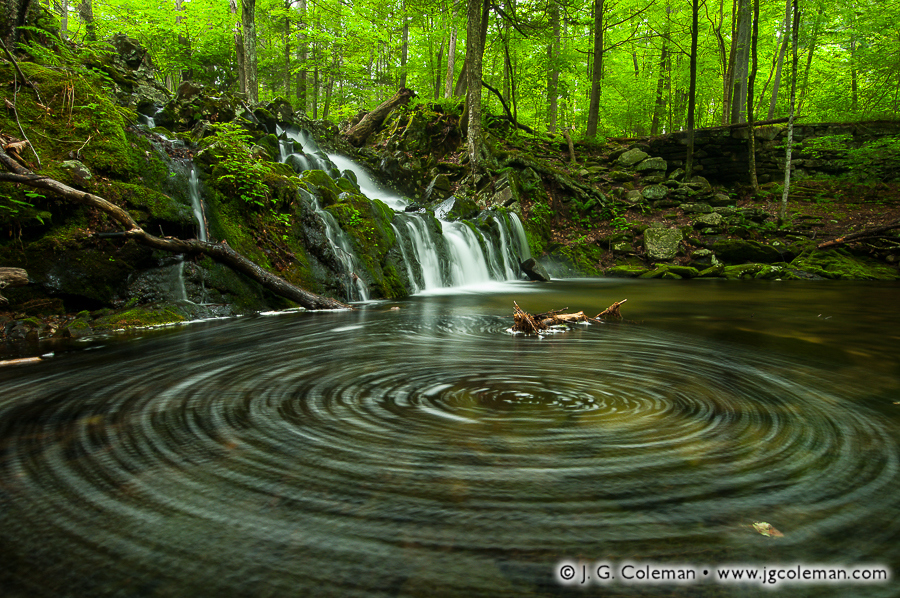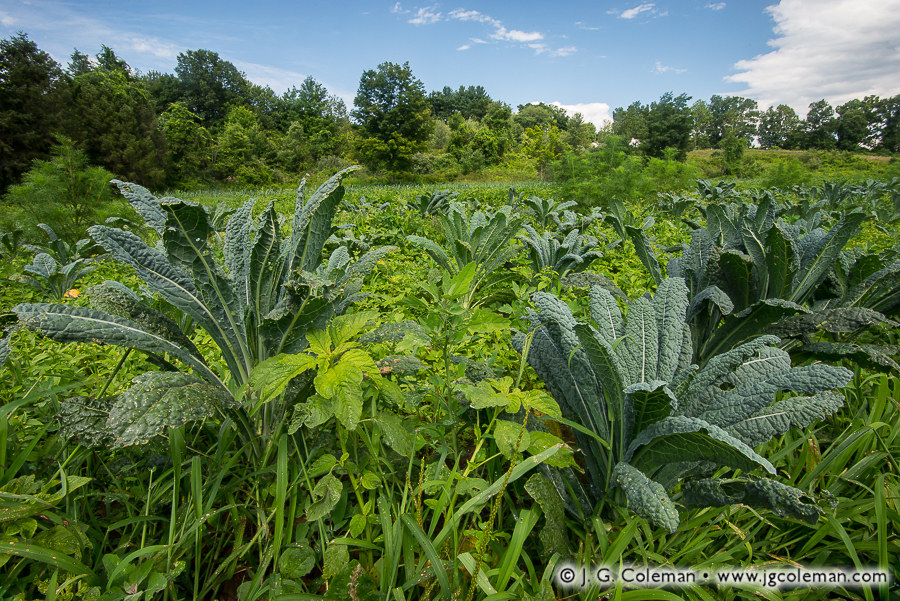
Old Drake Hill Flower Bridge, Simsbury, Connecticut
© 2015 J. G. Coleman
Century-old iron girders frame the marvelously symmetrical trusses of the Old Drake Hill Bridge. The imposing metal structure stands in stark contrast to the airy clouds above and enjoys a palette of colorful blooms growing from planters and hanging flower pots.
Wooden covered bridges dominated the Connecticut landscape throughout most of the 1800s. But as the turn of the century grew closer, the reign of the wooden bridge was literally crumbling away as floods, fires and the rigors of the elements laid waste to Connecticut’s aging crossings. State-of-the-art iron bridges arose wherever old covered bridges required replacement, oftentimes sitting upon the very same abutments.
Such was the case with the iron Drake Hill Bridge in Simsbury, which was built over the Farmington River in 1892 as a direct replacement for an earlier covered bridge. Owing to its durable metal components, the Drake Hill Bridge remarkably carried traffic for 100 years, its term of service beginning with horse-drawn carriages and spanning all the way to Chevy pickups and Honda Civics. By 1992, it was finally decommissioned after a new concrete bridge was built nearby. In its retirement, the beloved Drake Hill Bridge now takes it easy, carrying only pedestrians and being adorned every year with a gorgeous array of flowers.
Purchase a Fine Art Print or Inquire About Licensing
Click here to visit my landing page for “Iron Bouquet” to buy a beautiful fine art print or inquire about licensing this image.
Want to See More?
Be sure to check out all of my work from the Old Drake Hill Flower Bridge.
























